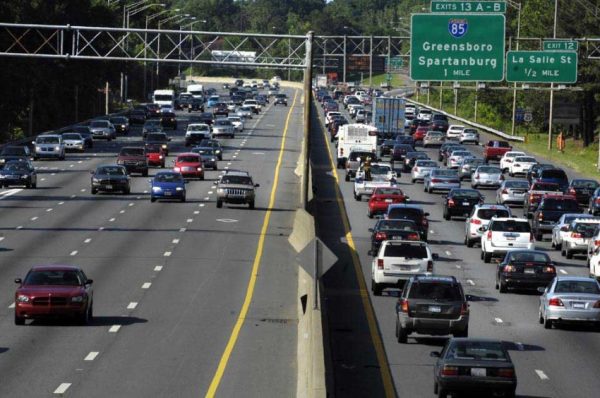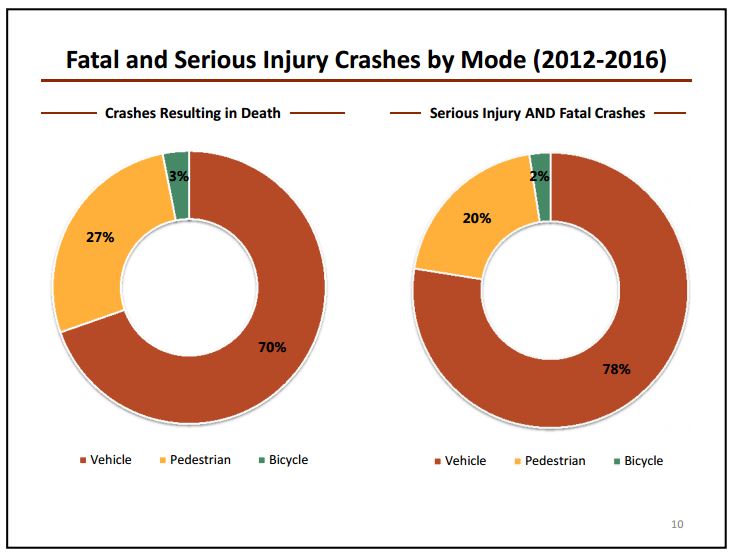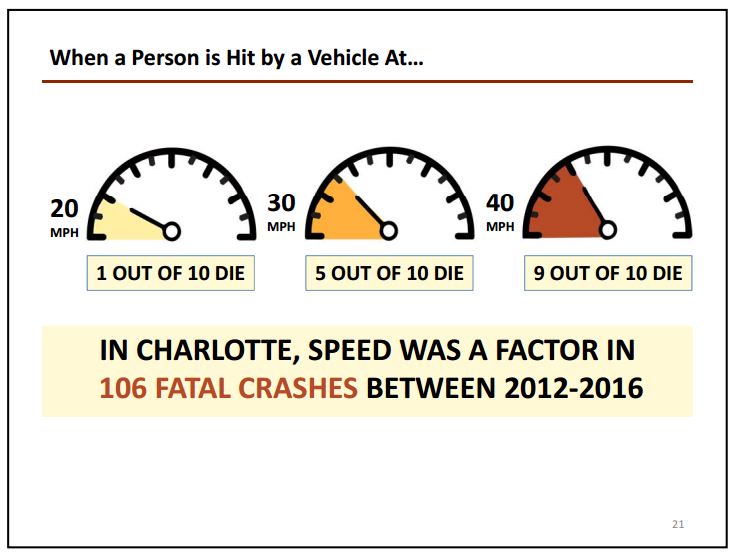Charlotte’s new Vision Zero goal: lower traffic deaths

Charlotte is joining dozens of other cities around the world, as well as the departments of transportation for North Carolina and the U.S., in declaring its intent to eliminate traffic fatalities and serious injuries – including bicycle and pedestrians as well as autos. It’s a movement called Vision Zero. And it might result in the revival of the city’s red-light camera program.
The city’s updated Transportation Action Plan, a long-range policy plan the City Council adopted in February, says the city will implement a Vision Zero initiative to combine engineering, public education, community engagement and adopt enforcement tools.
| Learn about the N.C. DOT Vision Zero program. |
The goal of Vision Zero policies is to end traffic deaths and serious injuries. It began in 1994 in Sweden, which today has one of the world’s lowest traffic-related fatality rates. Major U.S. cities like Chicago, Los Angeles, Boston and New York City have implemented variations of the plan.
The Vision Zero initiative would aim to develop a comprehensive plan in conjunction with engineering, community outreach, education, and possible speed and red-light traffic camera enforcement. At the Charlotte City Council’s Transportation and Planning Committee meeting Monday, panel members heard a presentation from Charlotte’s Department of Transportation on what Vision Zero could mean here.
Charlotte-Mecklenburg Police Deputy Chief Jeff Estes expressed the department’s support for red-light traffic cameras, one proposal being considered as part of Vision Zero. The cameras photograph motorists who run red lights; the motorists are sent a letter and fined.
The city used red light cameras for several years but stopped in 2006 after the N.C. Court of Appeals ruled that 90 percent of the revenue from the program had to go to Charlotte-Mecklenburg Schools. At the time CMS was getting only 30 percent of the revenue, with the rest going to operate the program. Instead of paying to keep the program running, the City Council voted to discontinue the cameras.
Traffic-related crashed have risen in the city in recent years. Between 2000 and 2010, motorist crash rates were generally trending down in Charlotte. However, since 2011, the motorist crash rate per million miles traveled has increased by 58 percent. Speeding was a factor in 39 percent of the fatal collisions in 2015.
 Source: City of Charlotte
Source: City of Charlotte
And since 2012 the total number of crashes has more than doubled to more than 30,000 a year, according to information given to the council members.
Other facts:
- In 2014, motor vehicle crashes were the leading cause of death in the U.S. for children and young adults age 5 to 24.
- 90 percent of people wear their seat belts in North Carolina, but 40 percent of the traffic fatalities occur when occupants aren’t wearing a seat belt.
- Men are almost three times as likely to die in a crash as women are.
- Only one in 10 people hit by a car going 10 mph dies, while five out of 10 die when the car is going 30 mph.
 Source: City of Charlotte
Source: City of Charlotte
 Source: City of Charlotte
Source: City of Charlotte